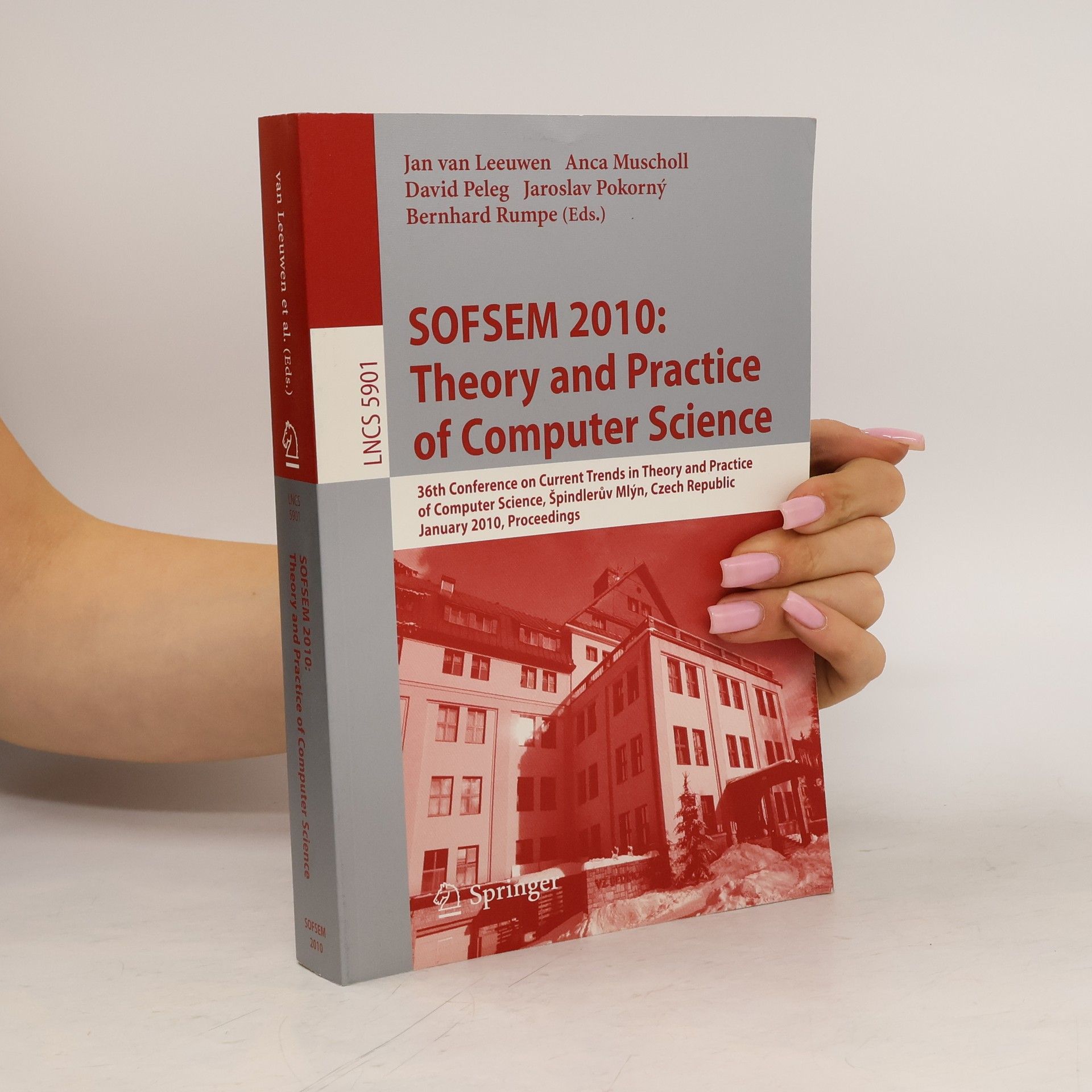SOFSEM 2010. Theory and Practice of Computer Science
36th Conference
This book constitutes the refereed proceedings of the 36th Conference on Current Trends in Theory and Practice of Computer Science, SOFSEM 2010, held in Špindleruv Mlýn, Czech Republic, in January 2009. The 53 revised full papers, presented together with 11 invited contributions, were carefully reviewed and selected from 134 submissions. SOFSEM 2010 was organized around the following four tracks: Foundations of computer science, principles of software construction, Data, knowledge, and intelligent systems and Web science.

